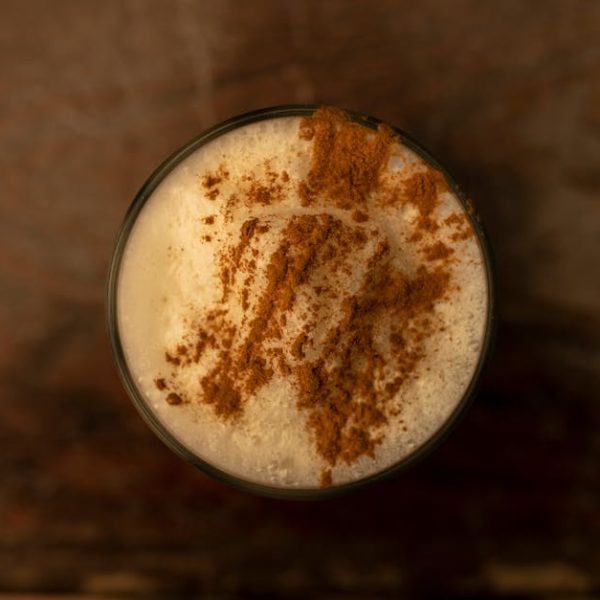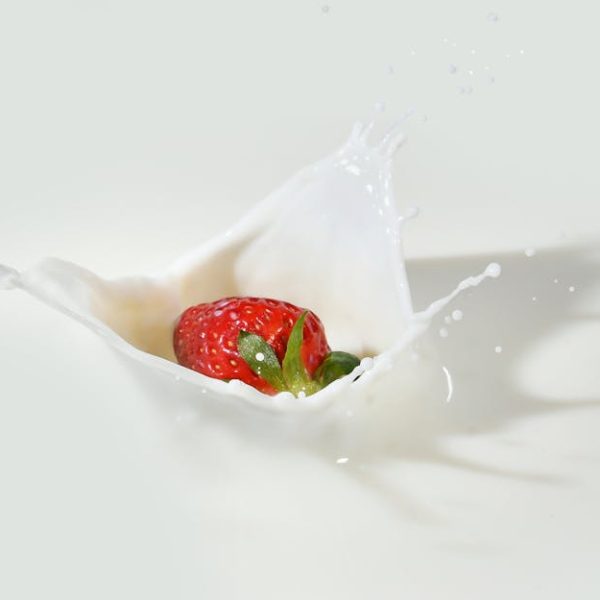A keystone in countless households, milk is part and parcel of our everyday nutrition, served plain, poured over cereal, or steaming hot in our cups of coffee. However, its undeniable usefulness and versatility often lead to a common conundrum—how does one know when their milk has gone bad? Recognizing the signs of spoiled milk is paramount to ensuring your food and drink remain delicious, nutritious, and most importantly, safe.
Recognizing Physical Changes in Milk
While we may not have cow-to-consumer firsthand knowledge of milk, we can certainly identify its familiar appearance and texture. Unspoiled milk possesses a uniform, creamy color and a seamless, flowing consistency. Spotting spoilage is relatively straightforward once you know what to look for:
- Change in color: Milk turning yellowish or grey is a clear telltale sign.
- Increased Thickness: If your milk has thickened or seems curdled, it is time to discard it.
- Formation of lumps: Milk should be a smooth liquid. The presence of clumps or lumps is a definite sign of spoilage.
Pro Tip: Uncertain about your milk’s condition? Stir it. This simple action can help manifest these physical signs of milk taking a turn for the worse.
Identifying Changes in The Smell of Spoiled Milk
Every smell has a story to tell, and milk is no exception. Fresh milk carries a light, sweet scent whereas spoilt milk gives off a strong, sour smell—unmistakably noticeable and typically a sound indicator of spoilage. Conduct a quick sniff test to help determine your milk’s condition. However, remember to…
- Store milk properly: Milk should not be kept near strong-smelling foods as odors can be misleading and infiltrate the milk containers.
Assessing Changes in Taste
The deviations extend beyond the tangible. If your milk tastes sour or off in any way, it could mean a sour surprise. However, let’s prioritize safety over bravery here – if the physical changes and smell strongly suggest spoilage, it’s better not to taste.
Pro Tip: The difference between fresh and spoilt milk is quite distinct—fresh milk boasts a mild, sweet taste while spoilt milk tends to be tart and sour.
Reading and Understanding Sell-By Dates
Sell-by dates are more than just numbers stamped on your milk container—they serve as a helpful guide to understanding the freshness of your milk. However, they are primarily indicators provided for retailers.
Pro Tip: A sell-by date isn’t a hard-and-fast expiry date. Even with the sell-by date having passed, your milk might still be good to consume. Knowing the difference between ‘Sell by’, ‘Use by’ and ‘Best before’ can help.
Preventing Milk From Spoiling
Proactivity is more effective than reactivity. With the right steps, you can elongate your milk’s shelf-life:
- Proper Refrigeration: Always keep your milk refrigerated and promptly store it after use—it’s an ideal environment for extending your milk’s freshness.
- Avoid cross-contamination: Keeping the cap or lid firmly secure is essentially, as even tiny breadcrumbs can set off a chain reaction that leads to spoilage.
Pro Tip: Leaving your milk in a hot car or letting it sit out for too long accelerates spoilage. Buying your milk last during your grocery run can help keep it fresh for longer.
Milk is a dietary staple in many homes around the world and is used in an array of foods and drinks from cereal, coffee, to soothing cups of cocoa. Despite its popularity, one questions persist, How do you know when your milk has gone bad? It’s essential to identify signs of spoiled milk to ensure your food is not only tasty but also safe to consume.
Recognizing Physical Changes in Milk
Knowing the usual look and feel of milk will enable you to identify when it’s spoiling. Fresh milk has a consistent, light color with a smooth, flowing texture. Here are some observable signs of spoilage to watch out for:
- Change in color: An unusual color like yellow or gray indicates that your milk is turning bad.
- Increased thickness: If the milk appears thicker or curdled, it’s time to throw it away.
- Formation of lumps: Clumps or lumpiness is a sure sign of spoiled milk.
Pro Tip: If in doubt, give your milk a stir. This action can often highlight any physical changes, making spoiling easier to spot.
Identifying Changes in The Smell of Spoiled Milk
The smell of milk is also a powerful indicator of its freshness. Fresh milk has a mildly sweet aroma, but spoiled milk typically has a potent, sour smell, indicating that it’s not safe to consume. However, make sure to:
- Keep your milk stored away from foods with strong odors. These smells can penetrate your milk packaging, giving it an unusual smell and potentially leading to false positives.
Checklist
✔️ A quick sniff test
Storing milk near strong-smelling foods
Assessing Changes in Taste
Spoiled milk usually has a sour or strange taste. However, you shouldn’t taste your milk if the smell and physical signs strongly suggest it has spoiled.
Pro Tip: The taste difference between fresh and spoiled milk is quite noticeable. Fresh milk has a mild, sweet flavor, while spoiled milk typically tastes tart and sour.
Reading and Understanding Sell-By Dates
Sell-by dates can be a helpful guide to determining your milk’s freshness, but they primarily serve as guidelines for retailers.
Pro Tip: A passed sell-by date doesn’t necessarily mean your milk is no longer suitable for consumption. Understanding the difference between labels like ‘Sell by’, ‘Use by’ and ‘Best before’ can be beneficial.
Preventing Milk From Spoiling
Prevention is always better than dealing with the consequences of spoiled milk. Follow these steps to keep your milk fresh:
- Proper Refrigeration: Keep your milk stored in the fridge and return it to the refrigerator immediately after use.
- Avoid cross-contamination: Always secure the cap or lid on your milk; even the smallest particles can lead to spoilage.
Pro Tip: Leaving milk in a hot car or out on the counter accelerates the spoilage process. To keep your milk fresh for longer, it’s best to pick it up last during your grocery shop.
Key Takeaway:
- Spoiled milk can be recognized through physical changes (color, thickness, or lumps), a strong, sour odor, and an unpleasant taste.
- Even if the sell-by date has passed, the milk may still be safe for consumption and should be checked physically and odor-wise.
- To preserve milk and prevent it from spoiling, proper storage (like refrigeration and avoiding cross-contamination) is essential.
Despite its common occurrence, spoiled milk can be avoided and detected. With these practical tips and insights, you can enjoy your milk without worry. Remember, it’s always safer to discard suspicious milk than risk consuming spoiled dairy. Don’t forget, proactive measures like proper storage also help to keep your milk fresh for longer.
FAQs
Q: Can spoiled milk cause health problems?
A: Yes, consuming spoiled milk can cause food poisoning and result in symptoms like nausea, vomiting, or diarrhea. Therefore, it’s always best to discard milk that has signs of spoilage.
Q: Can I freeze milk to extend its shelf-life?
A: Absolutely! Freezing milk is an excellent option to prolong its shelf-life. However, remember to thaw it properly in the refrigerator before using.
Q: What if the milk tastes fine but the sell-by date has passed?
A: Even with a passed sell-by date, your milk may still be safe to consume. It’s advisable to check for physical signs of spoilage and also smell the milk to ensure its freshness.
Q: Can I use spoiled milk for cooking or baking?
A: Though recipes sometimes call for sour milk, it’s not safe to use milk that has spoiled due to bacteria growth.
Q: How long does milk generally stay fresh?
A: Typically, milk stays fresh for about 5 days past the sell-by date if it has been properly stored. However, always check for signs of spoilage to ensure its safety.
Remember to share this post with your friends and explore more posts on our website for helpful tips and insights.






